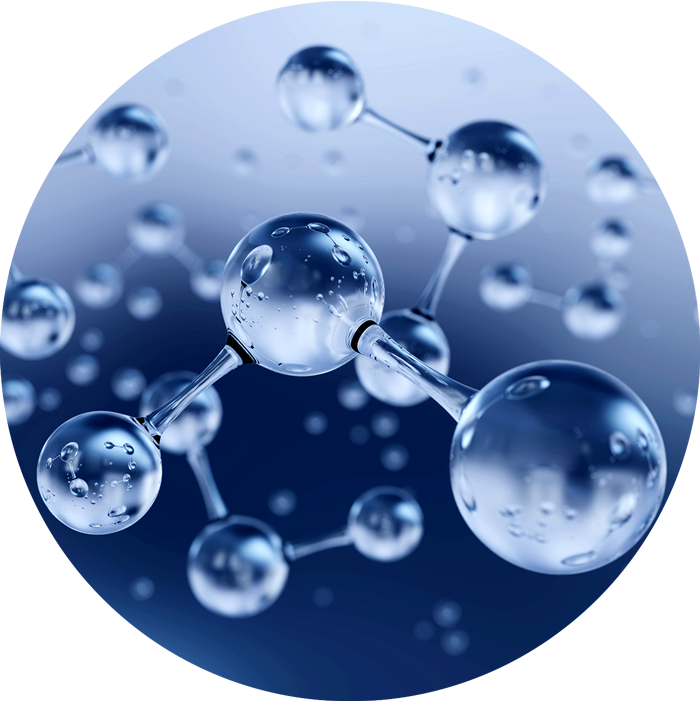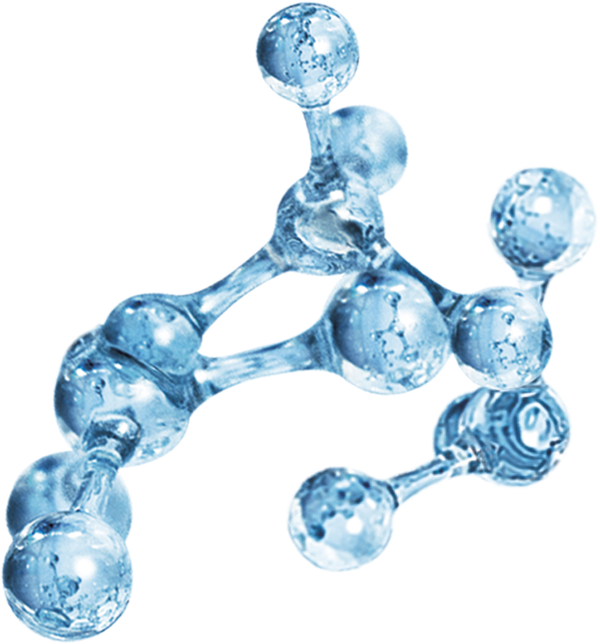The Nobel Prize in Physiology or Medicine 2019 was awarded jointly to William G. Kaelin Jr, Sir Peter J. Ratcliffe, and Gregg L. Semenza, who discovered the molecular mechanism that regulates gene activity in cells in response to changes in oxygen levels. Oxygen is a fundamental element in primary physiological processes, such as converting food into energy, embryo development, and immune defenses.
By combining ozone and oxygen to nourish our cells with triatomic oxygen, we can create an alkaline environment within the body, which stimulates our immune system. Therefore, with oxygen/ozone therapy, we can both maintain health and wellness and combat and prevent extremely incapacitating degenerative diseases.

Prevention with oxygen/ozone therapy for health and wellness

One consequence of the rise in the elderly population is the increase in the number of age-related disorders. Recognizing the initial stages, particularly of early-onset cognitive frailty, is necessary to identify a stage in which it is still possible to take therapeutic steps to prevent neurodegeneration.

The research hospital Istituto Centro San Giovanni di Dio Fatebenefratelli, in Brescia (Italy), was a awarded a research project, financed entirely by Italy’s Ministry of Health, focused on “an integrated approach to identifying biological and neuropsychological markers of cognitive frailty and its treatment with oxygen/ozone therapy”. This project will make it possible not only to confirm/clarify the molecular mechanisms on which ozone acts and to identify potential new therapeutic targets to treat cognitive frailty, but also to validate a new non-pharmaceutical therapeutic approach to treating this complex geriatric condition.

Proper circulatory function and the stimulation of BDNF
(brain-derived neurotrophic factor) = Proper functioning of the brain

This study involves the following actors:
· Alzheimer’s Unit (Dr. Cristina Geroldi, Dr. Cristian Bonvicini, Dr. Catia Scassellati) of Brescia’s San Giovanni di Dio Fatebenefratelli research hospital, which will be conducting the geriatric and neuropsychological clinical assessments and molecular analyses of the entire transcriptome.
· Dr. Antonio Galoforo, professor at the University of Pavia and physician responsible for oxygen/ozone therapy.
· Dr. Carlo Maj, researcher at the Institute for Genomic Statistics and Bioinformatics at University Hospital, Bonn (Germany), who will be responsible for the bioinformatics to implement an algorithm that will integrate the clinical, neuropsychological assessments with the molecular profiles in order to identify the predictive biomarkers of the response to oxygen/ozone treatment.
· Scuola Normale Superiore Pisa, (Prof. Antonino Cattaneo), Bio@SNS Laboratory Pisa (italy), which will be conducting analyses of the microbiota and integrating the transcriptome analyses.
· Molecular Markers Unit (Dr. Zanardini), at Brescia’s San Giovanni di Dio Fatebenefratelli research hospital, which will be conducting the proteomics analyses.

